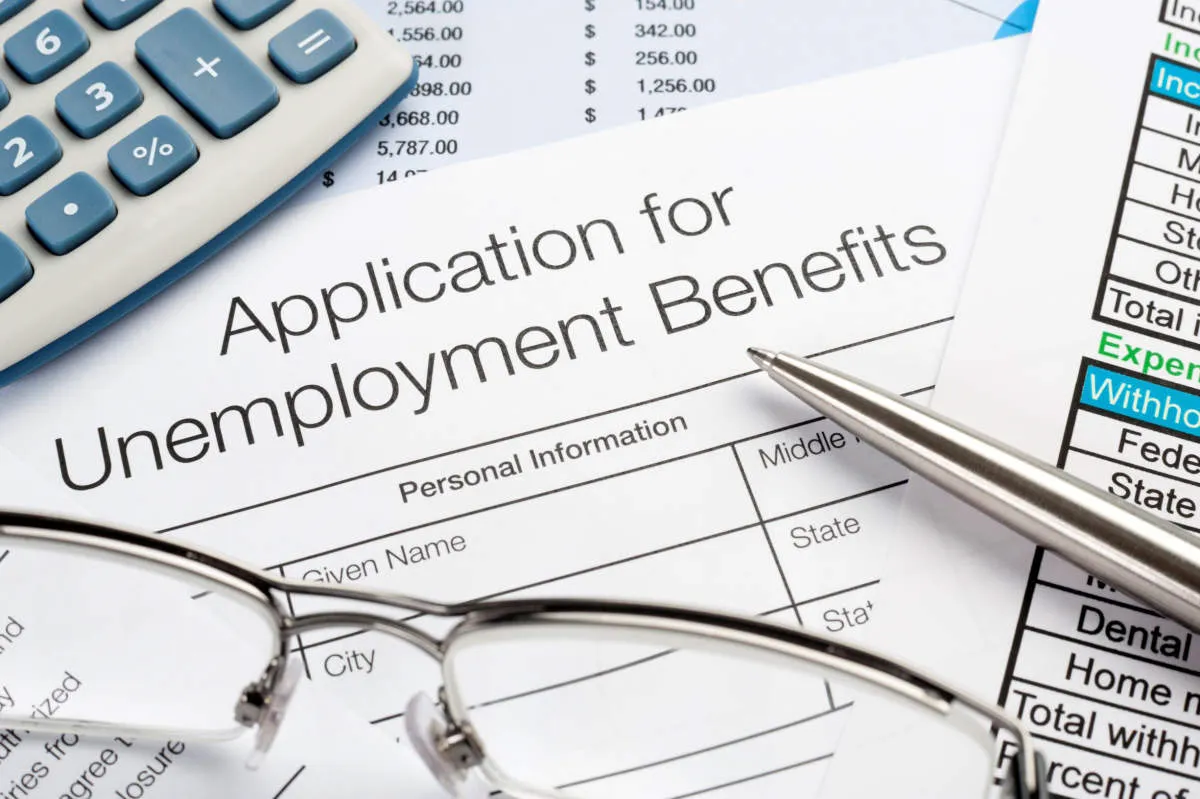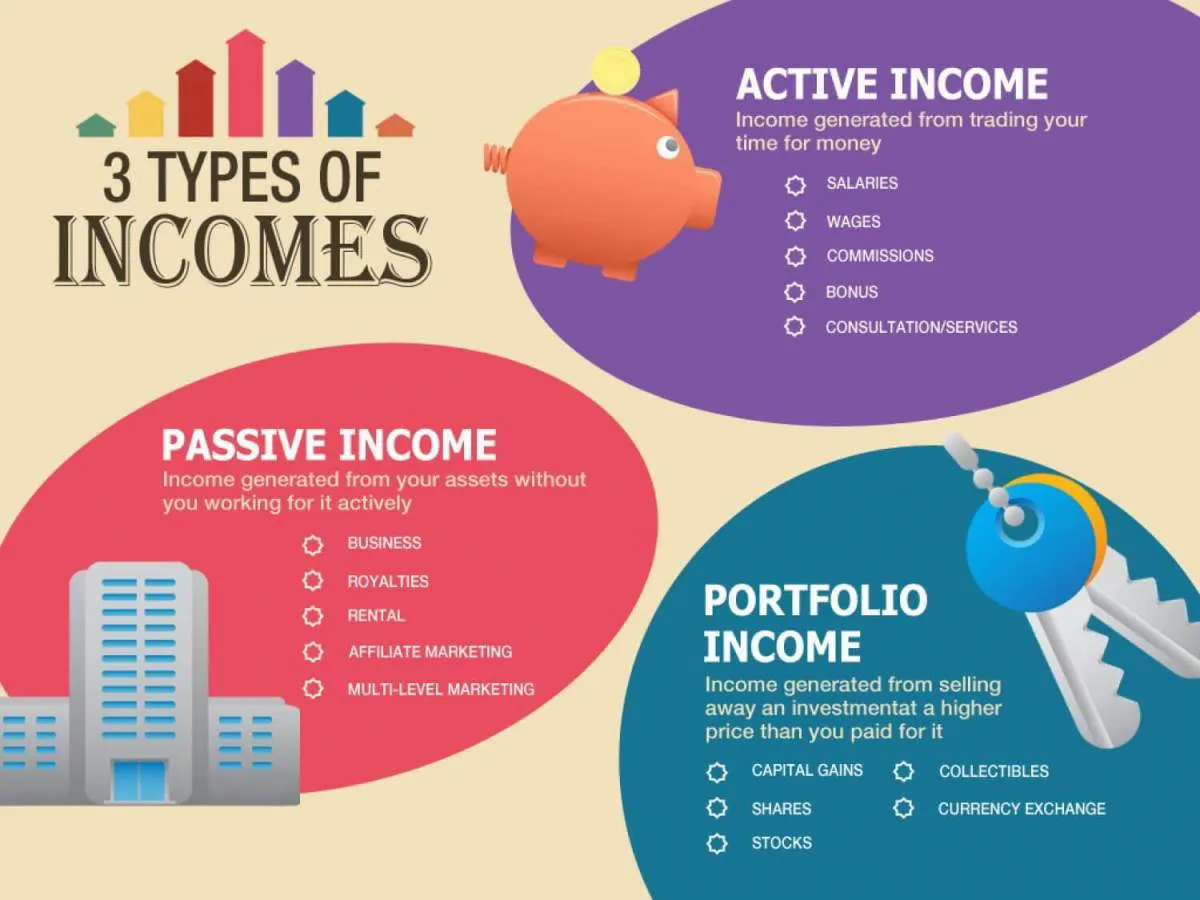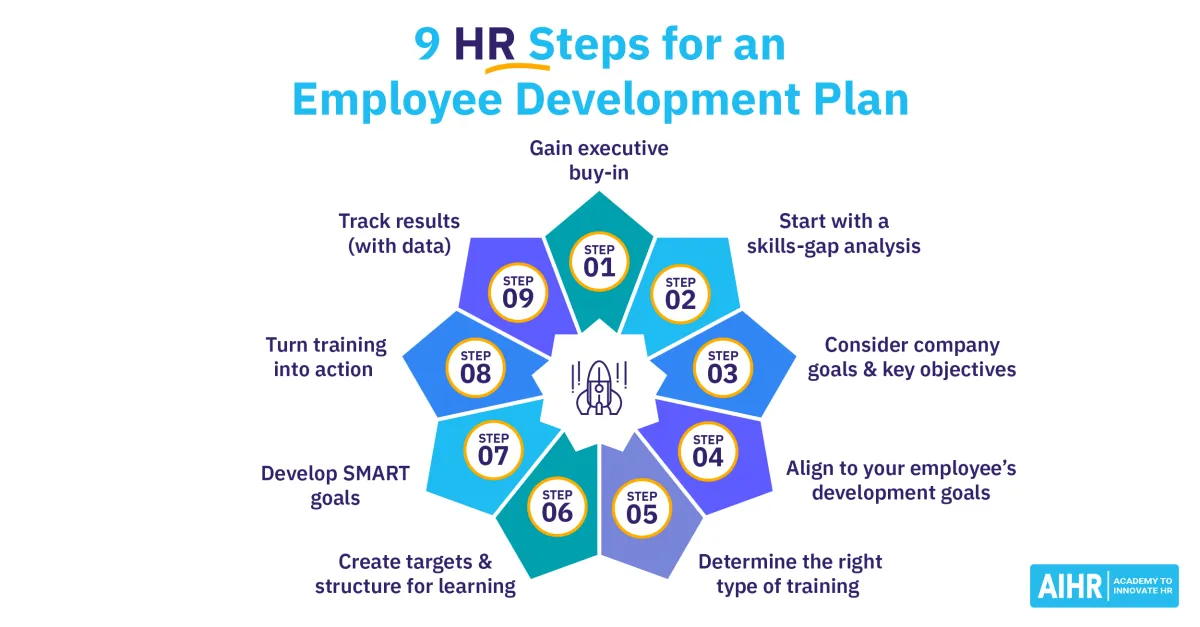Facing a job loss can be daunting, but managing your finances during this time is crucial. Explore practical tips and strategies to navigate through this challenging period and secure your financial stability.
Assessing Your Financial Situation
Losing a job can be incredibly stressful. One of the first things you need to do is gain a clear picture of your financial situation. This means understanding where you stand financially and what resources you have available.
1. Calculate Your Monthly Expenses:
Create a detailed list of all your essential monthly expenses. This includes:
- Housing (rent or mortgage payments)
- Utilities (electricity, gas, water, internet)
- Groceries
- Transportation (car payments, gas, public transportation)
- Insurance (health, car, renters/homeowners)
- Debt payments (credit cards, loans)
- Childcare
Be honest and thorough. You can use budgeting apps, bank statements, or spreadsheets to help track your spending.
2. Determine Your Income Sources:
Identify all sources of income you have coming in, even if temporary. These might include:
- Severance pay
- Unemployment benefits
- Savings
- Investments
- Spouse’s income
- Side hustles or part-time work
3. Analyze Your Assets and Debts:
Make a list of your assets (things you own that have value, like a house, car, savings) and your debts (money you owe, such as loans or credit card balances). Understanding your net worth (assets minus debts) can provide a broader context for your financial situation.
4. Identify Areas for Potential Cuts:
Once you have a clear picture of your income and expenses, look for areas where you can potentially reduce spending. This might involve:
- Cutting back on non-essential expenses (dining out, entertainment, subscriptions)
- Negotiating with creditors for lower payments or interest rates
- Finding more affordable alternatives (like generic brands or public transportation)
Remember, every little bit helps during this time.
Creating a Budget During Unemployment

One of the most crucial steps in navigating job loss is creating a new budget tailored to your unemployment situation. With a steady income stream gone, it’s vital to track your spending and allocate funds wisely to cover your essential expenses.
1. Assess Your Financial Situation:
Begin by listing all your sources of income, including any severance pay, unemployment benefits, or potential part-time work. Next, outline all your monthly expenses, differentiating between essential (rent/mortgage, utilities, groceries) and non-essential (dining out, entertainment subscriptions).
2. Identify Areas for Reduction:
Scrutinize your non-essential expenses and pinpoint areas for immediate reduction or elimination. Consider cutting back on subscriptions, dining out less, or finding more cost-effective alternatives for entertainment.
3. Prioritize Essential Expenses:
Allocate your available funds towards essential expenses first and foremost. This ensures that your basic needs are met while you navigate your job search.
4. Explore Temporary Financial Assistance:
Research potential government assistance programs or community resources that can provide temporary financial relief. This may include food assistance, utility assistance programs, or rent relief initiatives.
5. Track Your Spending:
Maintaining a meticulous record of your spending is critical. Utilizing budgeting apps, spreadsheets, or even a simple notebook can help you stay aware of where your money is going.
6. Review and Adjust Regularly:
As your circumstances change, so should your budget. Make a habit of reviewing and adjusting your budget regularly to reflect any changes in income or expenses.
Cutting Non-Essential Expenses
Losing a job is a stressful experience that often necessitates a quick adjustment to your financial habits. One of the most effective ways to manage your finances during this time is to identify and reduce non-essential expenses. This means taking a close look at your regular spending and determining what you can comfortably live without while you search for a new job.
Identifying Non-Essential Expenses:
Non-essential expenses vary greatly from person to person, but they typically fall into the categories of wants rather than needs. Here are some common areas to consider:
- Dining Out: Cooking at home is significantly cheaper than eating at restaurants or ordering takeout.
- Entertainment: Cut back on expenses like movie tickets, concerts, streaming services, and other forms of entertainment.
- Shopping: Avoid unnecessary purchases like clothing, shoes, electronics, and decorative items.
- Travel and Vacations: Postpone any non-essential travel plans until your financial situation stabilizes.
- Memberships and Subscriptions: Evaluate gym memberships, magazine subscriptions, and other recurring subscriptions that you can temporarily or permanently pause.
- Personal Care: Consider less frequent salon visits, opting for more affordable grooming products, or trying at-home alternatives.
Tips for Reducing Non-Essential Spending
- Create a Budget: Track your spending to understand where your money is going. This will help you identify areas where you can cut back.
- Find Free or Low-Cost Alternatives: Look for free or inexpensive ways to entertain yourself and your family, such as visiting parks, exploring local attractions, or utilizing free resources at the library.
- Negotiate Bills: Contact your service providers (internet, phone, insurance) and try to negotiate lower rates or payment plans.
- Use Cash: Paying with cash can make you more conscious of your spending habits.
- Delay Gratification: If you’re tempted by a non-essential purchase, give yourself a cooling-off period. You might find you don’t need or want it as much as you initially thought.
Finding Temporary Income Sources

Losing a job can be a significant blow to your finances. While you search for a new permanent position, finding temporary income sources can help bridge the gap and alleviate financial stress. Here are some avenues to explore:
1. Gig Economy and Freelancing:
The gig economy offers a plethora of opportunities to earn income on a flexible basis. Consider these options:
- Freelance Work: Utilize your skills in writing, editing, graphic design, web development, or other areas to find freelance projects on platforms like Upwork, Fiverr, and Guru.
- Delivery Services: Sign up as a driver for food delivery services such as Uber Eats, DoorDash, or Grubhub.
- Transportation Services: Become a rideshare driver with companies like Uber or Lyft.
2. Part-Time Jobs:
Look for part-time positions in retail, customer service, hospitality, or other industries that align with your skills and availability. Many businesses hire temporary or seasonal help.
3. Utilizing Your Skills:
Think about your skills and hobbies that you can monetize:
- Crafting and Selling: Create and sell handmade items on platforms like Etsy or Shopify.
- Tutoring or Teaching: Offer your expertise in academic subjects, music, or other areas through online or in-person tutoring.
- Pet Sitting or Dog Walking: Provide pet care services to busy pet owners.
4. Online Surveys and Microtasks:
While not a significant source of income, participating in online surveys, microtasks, or user testing can provide a small stream of earnings. Explore websites like Swagbucks, Amazon Mechanical Turk, or UserTesting.
5. Selling Unused Items:
Declutter your home and sell unwanted clothing, electronics, furniture, or other items through online marketplaces such as eBay, Facebook Marketplace, or Craigslist.
Applying for Unemployment Benefits
Losing your job can be a stressful experience, particularly when it comes to managing your finances. One crucial step to take is applying for unemployment benefits. These benefits provide temporary financial assistance while you search for a new job.
Eligibility Requirements: Each state has specific eligibility requirements for unemployment benefits. Generally, you need to meet the following criteria:
- You are unemployed through no fault of your own (e.g., layoff, not fired for misconduct).
- You have earned a minimum amount of wages in a specific period (base period).
- You are actively seeking new employment.
How to Apply:
- Gather Required Documentation: This typically includes your Social Security number, driver’s license or state ID, employment history, and details about your recent job separation.
- Contact Your State’s Unemployment Agency: You can usually find information and application instructions on your state’s government website.
- Complete the Application: Provide accurate and detailed information about your employment and income history.
- Meet Reporting Requirements: You will likely need to file weekly or biweekly claims certifying your continued eligibility and job search efforts.
Benefit Amount and Duration: The amount and duration of unemployment benefits vary by state and are generally based on your previous earnings. Check with your state’s unemployment agency for specific details.
Managing Debt During Job Loss

Losing a job is a stressful experience, and managing your finances during this period can be challenging, especially when it comes to debt. Here are some tips for managing debt during job loss:
1. Take Stock of Your Debt
The first step is to understand your debt situation. Make a list of all your debts, including credit cards, personal loans, student loans, and any other outstanding payments. Note down the interest rates, minimum monthly payments, and total amount owed for each debt. This will give you a clear picture of your overall debt load.
2. Contact Your Lenders
As soon as you realize your job situation is unstable, reach out to your lenders and explain your situation. They may be willing to work with you by offering temporary forbearance, deferment, or hardship programs. These options can provide some relief by reducing or postponing your monthly payments for a specified period.
3. Explore Debt Consolidation Options
If you have multiple debts with high interest rates, consider debt consolidation. This involves taking out a new loan with a lower interest rate to pay off your existing debts. This can simplify your finances and potentially save you money on interest payments.
4. Prioritize Essential Expenses
During a job loss, it’s crucial to prioritize your spending. Identify your essential expenses, such as housing, utilities, food, and healthcare. Cut back on non-essential expenses like entertainment, dining out, and subscriptions to free up funds for debt payments.
5. Seek Financial Assistance
If you’re struggling to make ends meet, don’t hesitate to seek financial assistance. Check if you qualify for government assistance programs like unemployment benefits, food stamps, or temporary housing assistance. There are also non-profit organizations that may offer financial aid or counseling services.
Building an Emergency Fund
One of the most important things you can do to protect yourself financially is to build an emergency fund. An emergency fund is a savings account that is specifically designed to cover unexpected expenses, such as a job loss, medical emergency, or car repair.
Having an emergency fund can provide a financial cushion to help you cover your essential expenses while you search for a new job. Aim to save at least three to six months’ worth of living expenses in your emergency fund. This may seem like a lot of money, but you can start small and gradually build up your savings over time.
Here are some tips for building an emergency fund:
- Create a budget: Track your income and expenses to see where your money is going. Identify areas where you can cut back on spending.
- Set savings goals: Determine how much you need to save each month to reach your target emergency fund balance.
- Automate your savings: Set up automatic transfers from your checking account to your savings account each month.
- Look for extra income opportunities: Consider freelance work, a side hustle, or selling unwanted items to boost your savings.
Planning for Future Employment

While navigating the financial challenges of job loss, it’s crucial to dedicate time and effort towards securing your next employment opportunity. Here’s how:
1. Reassess and Revamp:
Use this time to reflect on your career goals and skills. Update your resume and tailor it to the specific jobs you’re targeting. Consider acquiring new skills through online courses or workshops to enhance your marketability.
2. Network Strategically:
Reach out to your professional network, inform them of your situation, and seek potential job leads. Attend industry events and engage in online networking platforms to expand your reach.
3. Job Hunting:
Devote dedicated time each day to actively search and apply for jobs. Utilize online job boards, company websites, and professional networking sites. Tailor your applications to each position, highlighting relevant skills and experience.
4. Prepare for Interviews:
Practice your interviewing skills and prepare compelling responses to common interview questions. Research potential employers thoroughly to demonstrate your interest and knowledge. Consider participating in mock interviews for valuable feedback.
5. Consider Temporary Options:
While searching for a permanent position, explore temporary or freelance work opportunities. This can provide income, keep your skills sharp, and potentially lead to a full-time role.
Conclusion
In conclusion, proactive financial planning, building an emergency fund, and seeking assistance can help navigate through the challenges of a job loss effectively.

